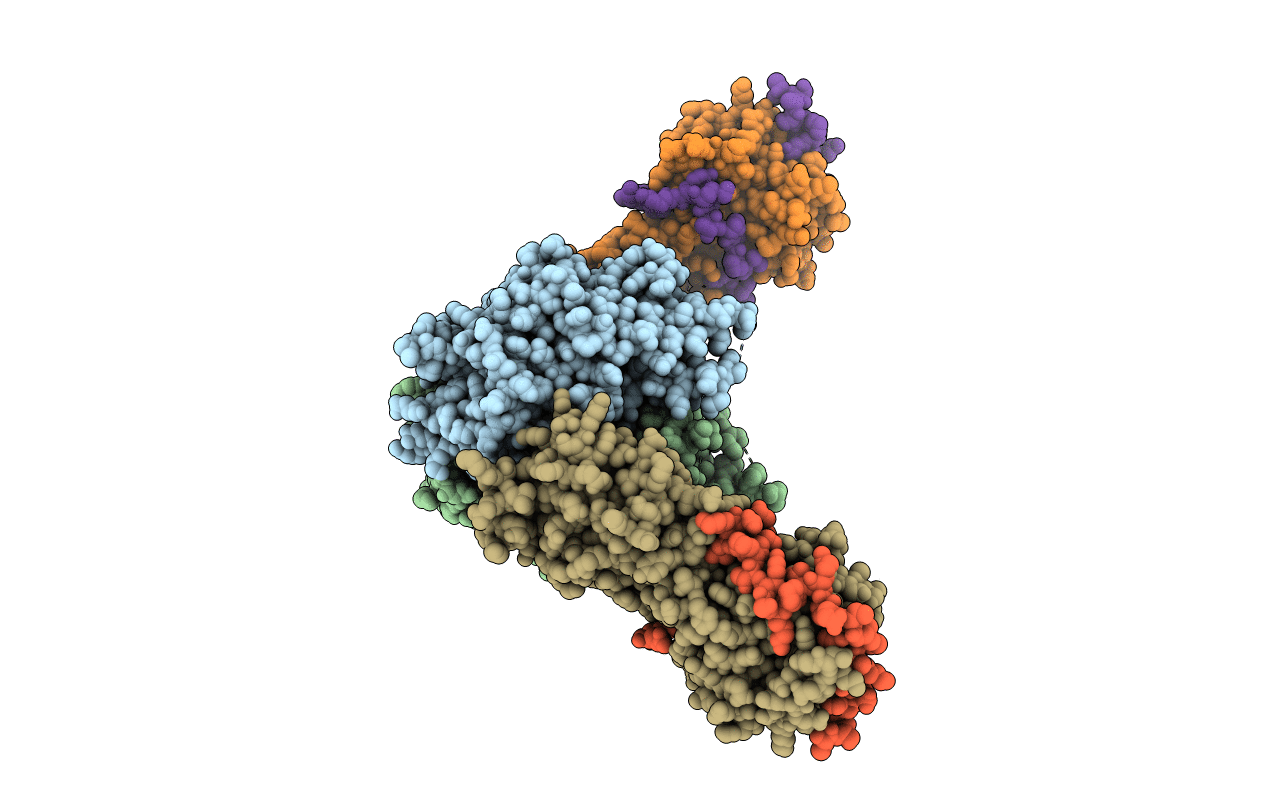
Deposition Date
2014-03-21
Release Date
2014-04-09
Last Version Date
2023-09-20
Entry Detail
PDB ID:
4PWX
Keywords:
Title:
Crystal structure of an ATP-bound Get3-Get4-Get5 complex from S.cerevisiae
Biological Source:
Source Organism:
Saccharomyces cerevisiae (Taxon ID: 559292)
Host Organism:
Method Details:
Experimental Method:
Resolution:
5.40 Å
R-Value Free:
0.32
R-Value Work:
0.27
Space Group:
C 1 2 1


